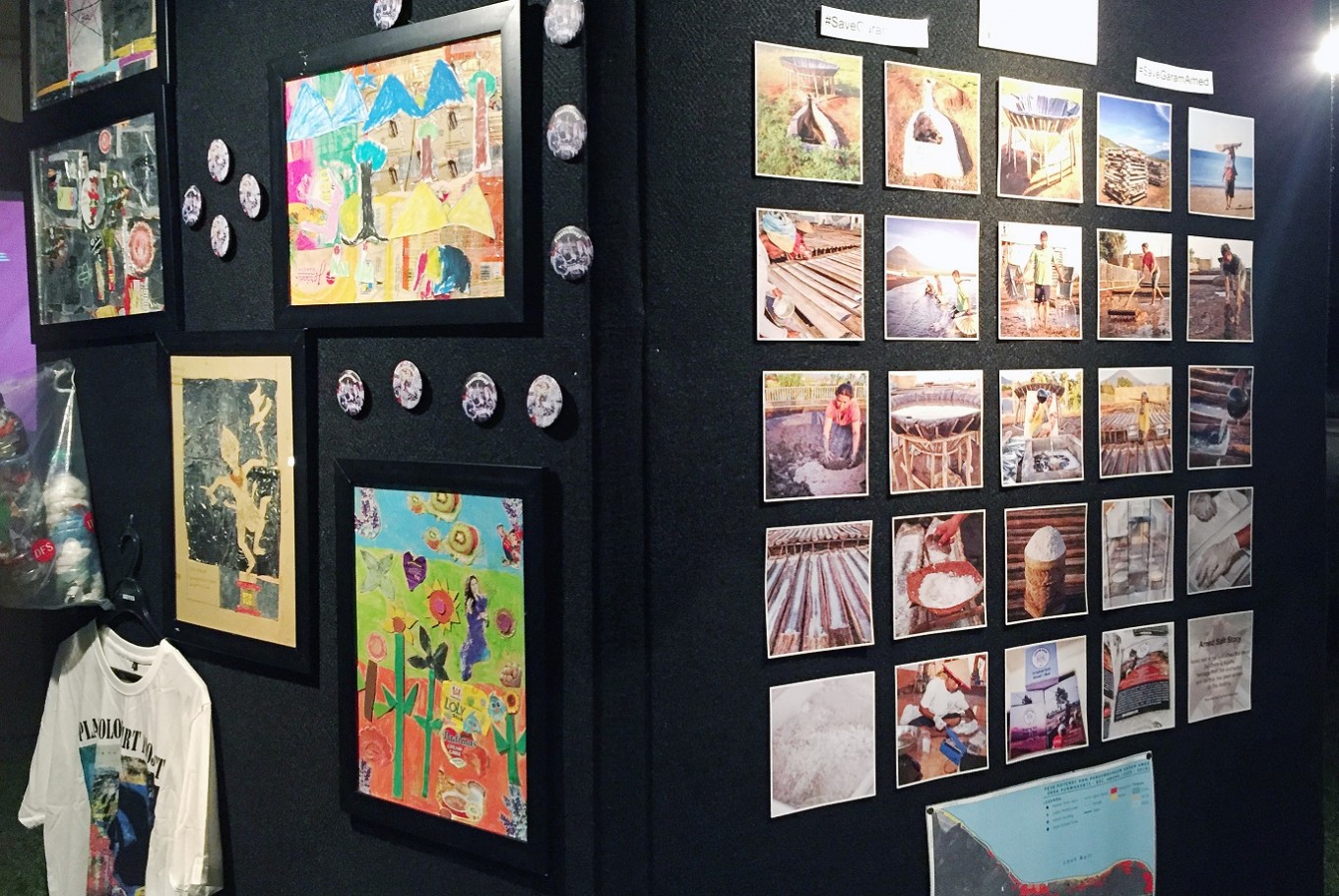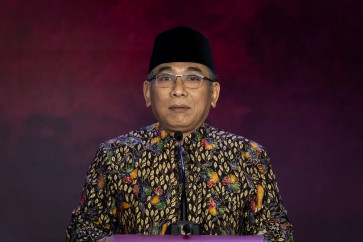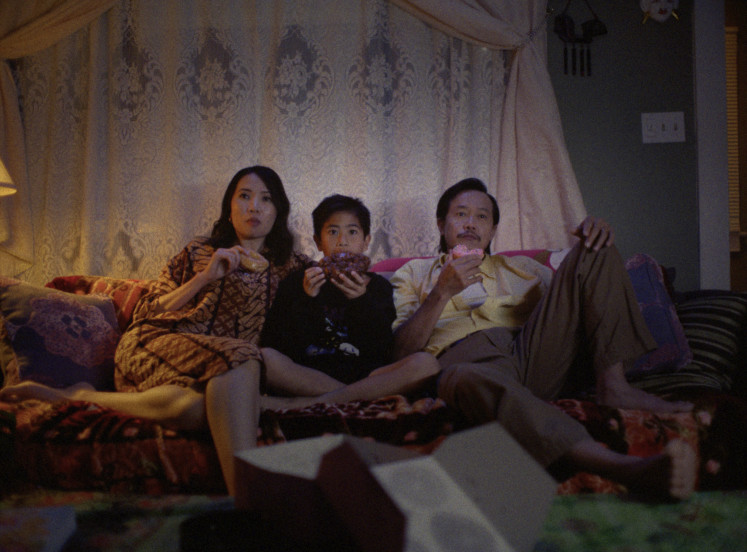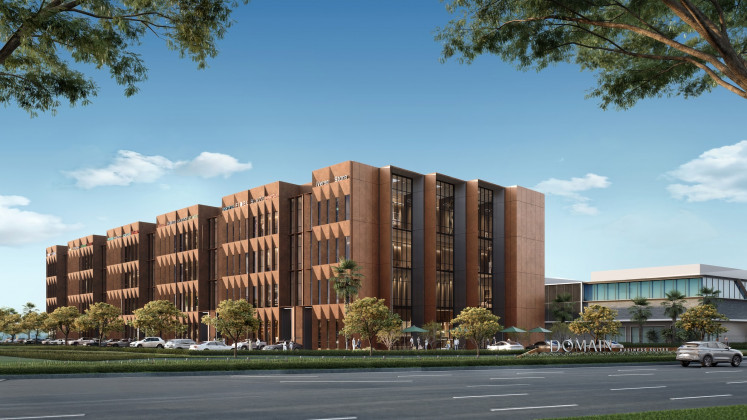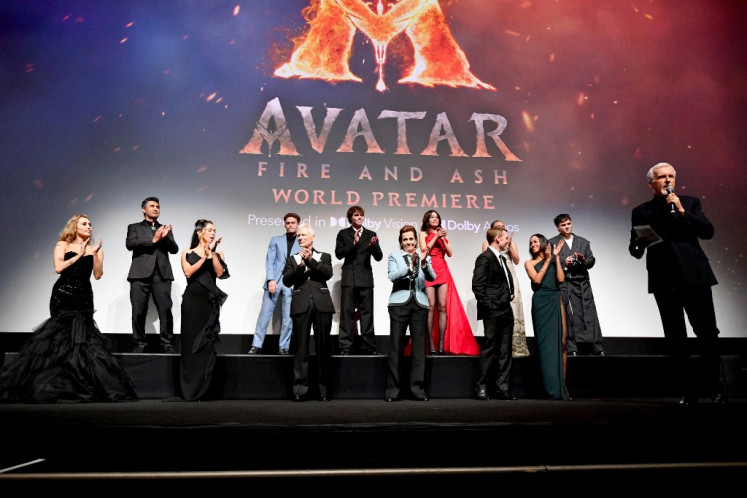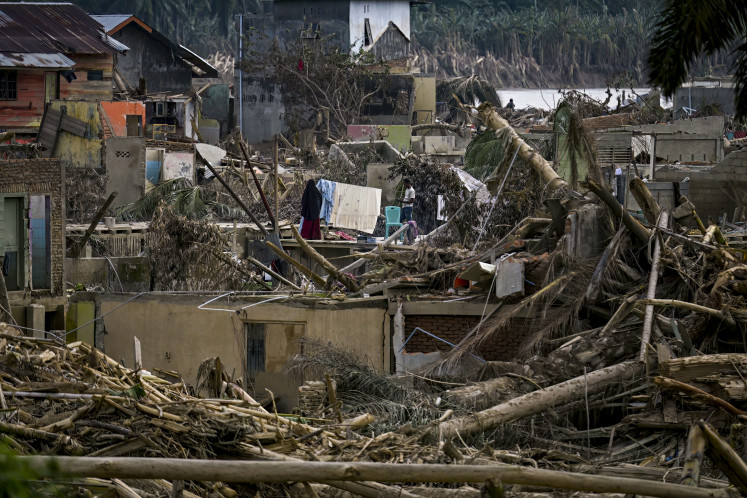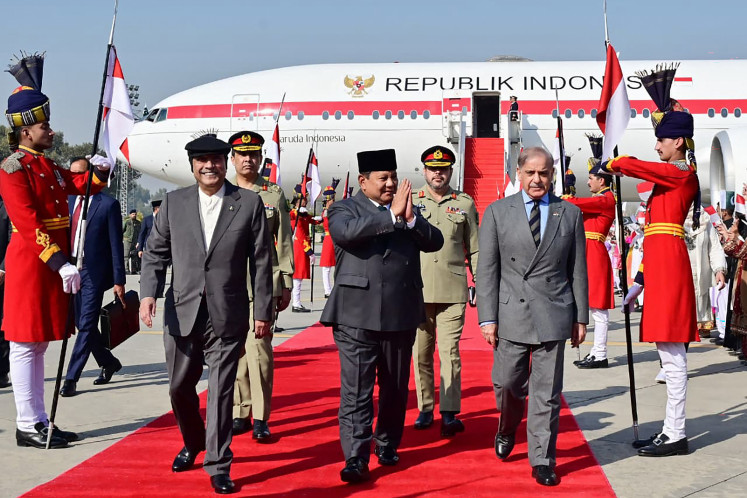Popular Reads
Top Results
Can't find what you're looking for?
View all search resultsPopular Reads
Top Results
Can't find what you're looking for?
View all search resultsFinding solutions to social conflicts through art
The Balinese people have suffered from various forms of discrimination and violence as the exclusion of minorities, the disabled and other marginalized groups remains rampant.
Change text size
Gift Premium Articles
to Anyone
B
ehind its splendid beaches, lush forest, fascinating culture and amazing food, Bali has many unresolved conflicts revolving around its land, natural resources and its people.
The Balinese people have suffered from various forms of discrimination and violence as the exclusion of minorities, the disabled and other marginalized groups remains rampant.
A current project brings together artists and social activists to explore art as a medium of expression to tackle these various social conflicts in Bali. Called Mabesikan, which means togetherness in Balinese, the project is organized by an international nonprofit focused on conflict prevention and conflict resolution, Search for Common Ground, in collaboration with the Danish Embassy in Jakarta.
Mabesikan is a two-year project that began in November 2015, involving 15 artists and eight non-profit organizations. These collaborations take the form of 10 participatory art projects aimed at raising awareness and sparking initiatives about conflict resolutions and prevention.
Read also: Malu Dong festival highlights garbage problem in Bali
This year, organizers bring the project to Jakarta in an attempt to build networks among important stakeholders in Indonesia’s cultural scene. Taking place at Rooftop Theater in the Salihara cultural center, South Jakarta, earlier this month, the Mabesikan’s showcasing event was designed to contribute to the sustainability of the artists’ important works.
The displayed projects show how art can be used to respond to and resolve various social conflicts, such as environmental issues, gender-based violence and social discrimination in Bali.
 For gender equality: Citra Sasmita and other artists display a handbook of paintings, which make statements against sexual abuse toward women.(JP/Clara Anastasia)
For gender equality: Citra Sasmita and other artists display a handbook of paintings, which make statements against sexual abuse toward women.(JP/Clara Anastasia)
“We are concerned with efforts in tackling various conflicts constructively, not only major issues like human rights in armed conflicts, but any conflict,” said Search representative Ninung.
The project exposes the harsh realities and conflicts faced by Balinese people from different backgrounds, including farmers, women who have been sexually abused and people struggling with schizophrenia.
“What we’re seeing here tonight is a concrete example of how we can use three different kinds of expression — such as photography, filmmaking and paintings — to [have] an impact on something,” said Danish Ambassador to Indonesia Casper Klynge.
Read also: Bali marathon to be held in August with new route
Addressing different issues, organizers hope the artworks can encourage and inspire people to find solutions for existing social conflicts in Bali.
“All these years, art has been ruled out from areas of education and other aspects with regards to issues of social change. Accordingly, we collaborate with artists and NGOs in Bali to make art projects that not only raise awareness, but also trigger discussions on the matter,” said Search country director Setio Soemeri.
Through their works, artists have shown how art can contribute to society.
“I believe that everything we do is only a small thing, but with great passion and love, art can unite people,” said singer and environment activist Robi Navicula.
During the Jakarta event, the artists also gave their personal take on the art project and how their work contributed to the resolution of social conflicts by, among other, raising people’s awareness of existing problems.
“It’s sort of an ‘appreciation night,’ now that we see how art can have a significant role in transforming people’s lives. It’s about how artists can work with other stakeholders to exchange ideas, expand horizons and utilize their tools in terms of advocacy,” Setio said.
He added that, in the long-term, these projects can help the government deal with social issues.
***
The writer is an intern at The Jakarta Post.

